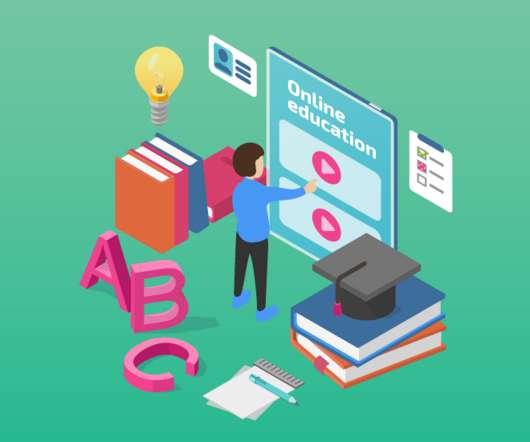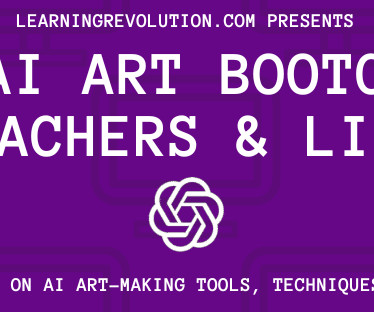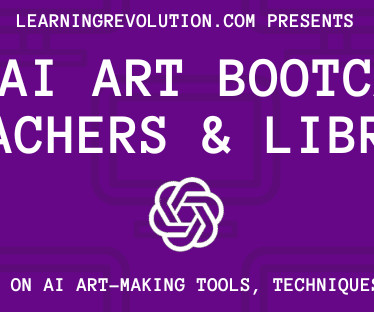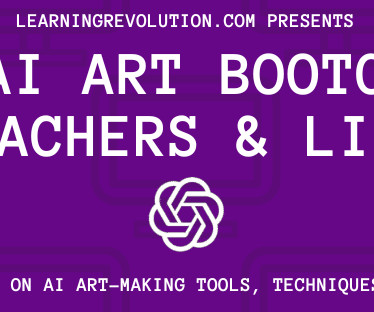8 LMS features that support student autonomy in the classroom and beyond
Neo LMS
JUNE 28, 2022
Student autonomy in the classroom is essential for efficient learning. Students need to be able to learn at their own pace to better grasp and retain information Self-paced, personalized learning allows them to gradually accumulate knowledge and competencies according to their needs and level. . Flipped classes.
























Let's personalize your content